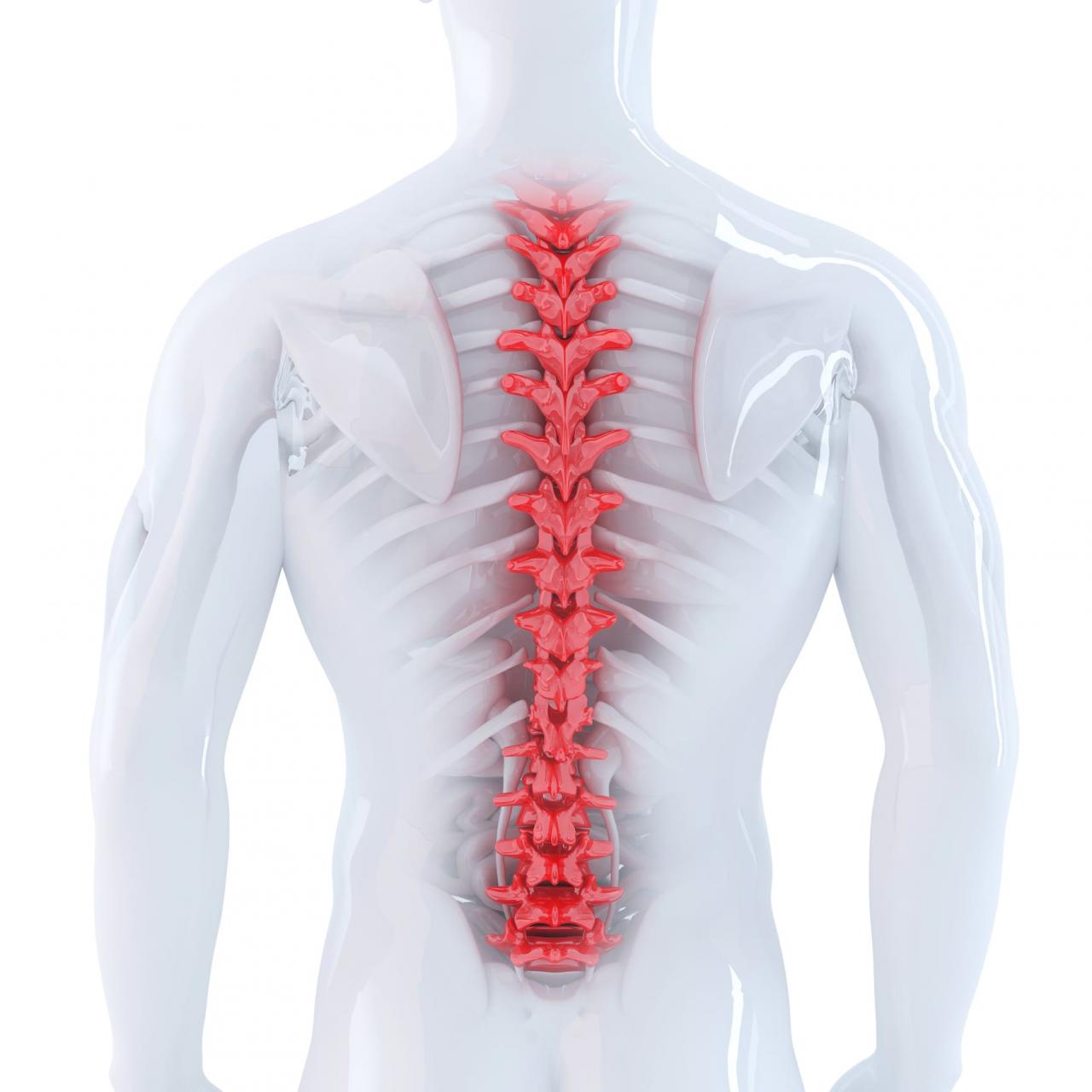What is Scoliosis and How Does It Affect the Spine?
Scoliosis is a condition wherein the spine exhibits a sideways curvature. This curve can manifest in any of the three major sections of the spine:
Cervical Spine (Neck): The topmost section of the spine.
Thoracic Spine (Chest and Upper Back Region): This area is connected to the ribs and comprises 12 vertebral bodies with discs in between each. These discs act like cushions, providing flexibility to the spine. The vertebrae here form joints with the ribs, playing a crucial role in the body’s stability.
Lumbar Spine (Lower Back): Situated below the thoracic spine, it deals with most of the body’s weight and movement.

What Causes Degenerative Scoliosis?
Degenerative scoliosis is a form of scoliosis that develops in adults due to spinal degeneration. This condition is commonly linked with osteoarthritis of the spine, also termed as spondylosis. Diagnosing spondylosis often relies on imaging of the spine. Bone changes are typically observed on X-rays, while modifications in the soft structures, like the cushioning discs, are more evident on MRI or CT scans. Learn more about scoliosis in adults.
Thoracic Disc Degeneration & Associated Pain
Disc herniation, a result of wear and tear or injury, can manifest in the cervical, thoracic, or lumbar regions of the spine. The location of the resultant pain directly corresponds to the site of the herniation. For instance, a herniation in the neck might trigger pain radiating into the shoulder and arm, while one in the lower back can cause pain radiating into the hip and leg. More on herniated discs here.
Thoracic back pain, particularly, is discomfort felt in the middle and upper parts of the back. This pain can be attributed to various causes, such as muscle strains or ligament sprains. The intricate structure of the back, which includes small bones, muscles, and soft tissues surrounding the spinal cord, as well as nerves emanating from the spinal cord, is susceptible to stress, strain, or injuries. Discover the causes of thoracic back pain.
Screening for Thoraco-Lumbar Spine Injuries
When suspecting thoraco-lumbar spine injuries, it’s vital to identify the appropriate imaging modality and determine which patients necessitate radiographic screening. For a comprehensive guideline on screening and imaging for these injuries, you can check out this resource.


